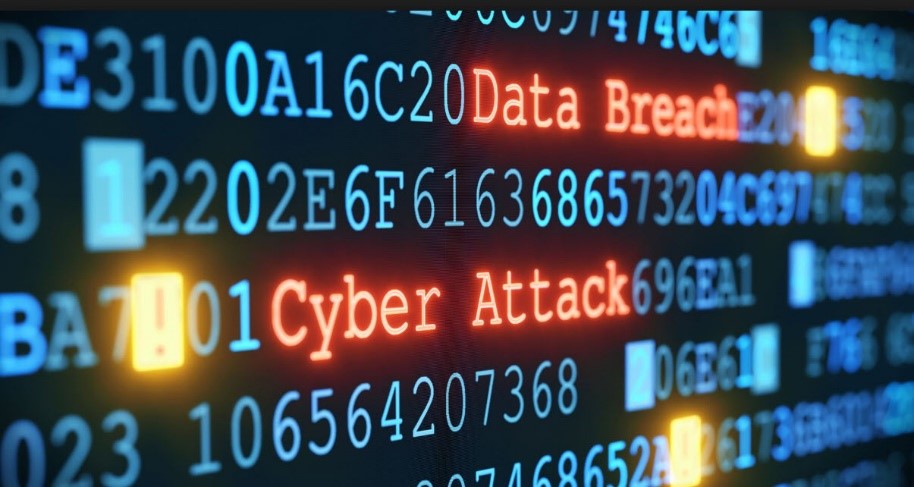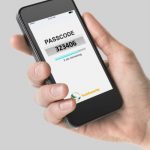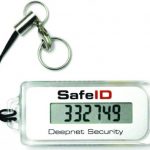
Cyber security breaches can happen to anyone…
Earlier this summer the Desjardins Group, one of the leading financial cooperatives in Canada, experienced a significant cyber security event. The personal and confidential information of over 2.7 million people and roughly 173,000 businesses was breached in what is one of Canada’s largest cyber security incidents.
More recently, Capital One, a U.S. based financial institution that offers a broad array of financial products to U.S. and Canadian customers, also experienced a significant data breach. This incident affected approximately 100 million people in the United Sates, and about six million in Canada.
Both of these large sophisticated financial services organizations had, rightfully so, put significant resources into privacy, security and protecting their customers’ information. The financial services industry is highly regulated compared to the post-secondary sector. However, this still happened to both financial organizations.
There is no silver bullet or magic pill.


Security breach incidents continue to be on the rise. Attempts to compromise systems that potentially have private and confidential information in them are growing. Langara, and the higher education field, is not immune to these attempts. We are continuing to strengthen our security and harden our defenses to protect the information and systems entrusted to the College.
In order to add yet another layer of defense, IT will be introducing and deploying Multi-Factor-Authentication (MFA) this coming fall,, as detailed in my last Langara Post article on information security.
MFA requires the person logging on to the system to not only know their ID and password, but they also need to provide an additional “authentication factor” – or passcode. That passcode changes constantly, so the user will require a mechanism to view the ‘current’ passcode when logging in. The most common and most convenient way is to use an application on your mobile phone where it is free and simple to download and use. When signing into a system and being challenged for MFA, users open the application on their phones to display their current passcode.

Another method, though less convenient, is to carry something called an MFA key fob. It is a small ‘fob-like’ device that has a digital display screen on it that will display the current passcode.

Both of these methods will provide the individual logging into the system with the required passcode.
We are continuing to work on refining the specifics and processes that will be introduced to staff this fall. Cyber security is always a balance between convenience and protection. MFA certainly does reduce convenience by requiring everyone to have another value to enter while logging on but it significantly increases protection. We are working on striking the right balance. IT will be working with Communications & Marketing to develop and deliver more details through planned communications meetings (DDDDC, LLET, etc) this fall.
If you have any questions or would like to discuss MFA, cyber security and future plans in more detail, please feel free to reach out to me at any time: dcresswell@langara.ca.
David Cresswell, CIO


